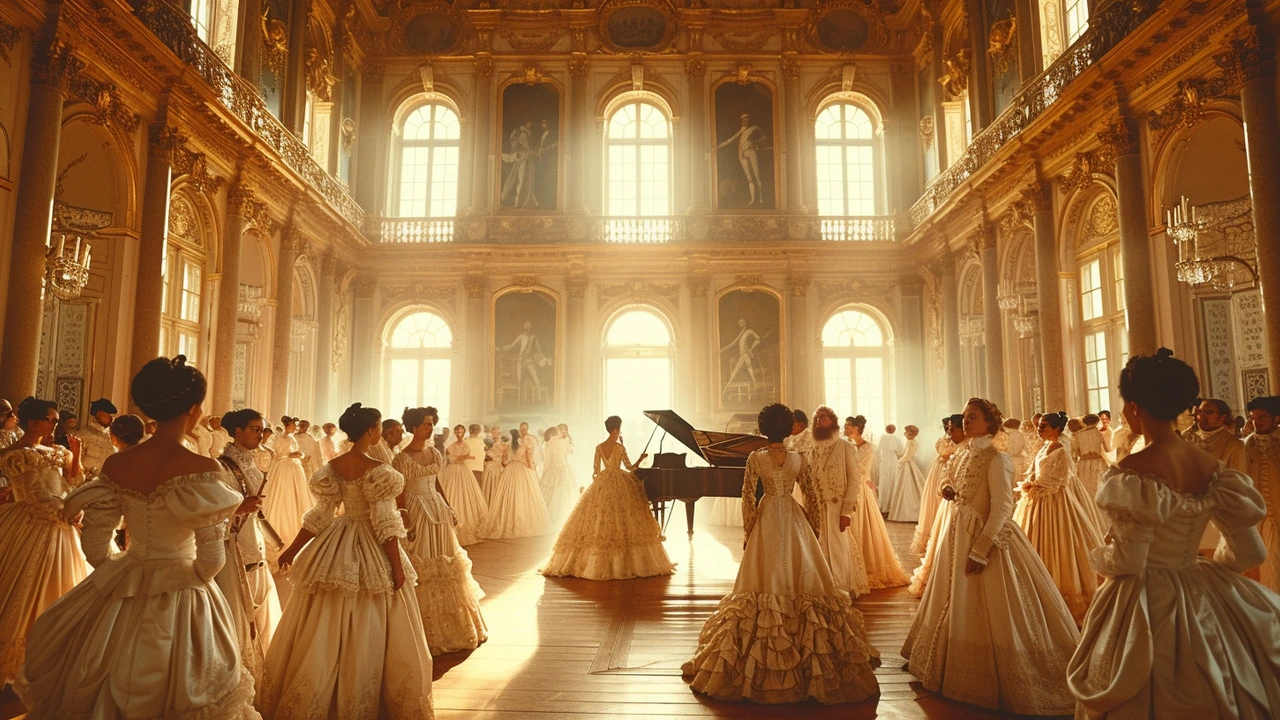Unveiling the Mystical Black and White Keys
Imagine traversing a perplexing, cryptic forest armed with nothing but an antique map. The prospect is daunting, isn’t it? This is precisely what deciphering sheet music might feel like for a nascent pianist. It's rigorous, intricate, and overwhelming, and trust me, there have been countless instances where Charlie, my better half, has found me near tears, baffled by the endlessly puzzling black dots and lines on a sheet of music. However, as any dedicated adventurer, the victory is finding our way out! Let's plunge into the wilderness together, and I'll show you how to conquer the intriguing world of piano sheet music.
The ABC’s of Music Symbols
Just like we learned our 'ABC's' to understand language, there is an alphabetical counterpart in music too. The funny thing is, the alphabet here stops at G! It's going to be an amusing journey of learning - from clefs to staves, from notes to rhythms. We'll uncover the meaning behind those puzzling symbols, and their placement on sheet music, creating a whole new language.
Piecing Together Treble and Bass Clef Mysteries
Picture yourself as a seasoned Indiana Jones, unraveling the mystery of trebles and bass clefs. These symbols can be somewhat deceiving, almost like an ancient riddle waiting to be resolved. My son, Parke, used to call the treble clef 'the decorated ampersand.' Whether it's recognising the clefs or understanding their usage, the cryptic treble and bass clefs will no longer remain a mystery.
Marching through Melodies and Rhythms
After we have deciphered the clefs, we'll delve into the heart of music - melodies and rhythms! They are like the wild, boisterous rivers of our forest. They set the pace, the beat, the momentum. Wouldn't it be fun to discover how different notes can change the entire character of a piece? The tiny, innocent-looking musical notes on a sheet of music are indeed powerful forces to reckon with!
Decoding Chords and Harmony
Reading sheet music is more than just understanding single notes. We also need to understand how multiple keys can be played simultaneously, building depth and richness into a tune. It's time to have the spotlight on the unsung heroes - chords and harmony. When Charlie played his first harmony, the ethereal sound resonated through our Victorian home. It metaphorically brings different notes together, like a family resonating in harmony.
Reading Key Signatures Like a Pro
Do you remember when Mabel, our youngest, solved her first cryptic crossword? Key signatures are the crossword puzzles of music sheet reading. Figuring out the key of a piece adds another level of complexity to the task at hand. Whether it's a major or minor, C or D, every new key signature is like a breath of fresh air in our musical journey. We'll delve into the world of keys and uncover their enchanting secrets!
Practicing Makes Perfect: Sheet Reading Hacks
Lastly, let's talk about practice. As mundane as it may appear, practice is what binds everything together. The charm of practice is that each time you sit down on the piano bench and stare at the sheet, you'll find something new staring back at you. We'll also discuss some nifty hacks and fun practices to make your sheet-reading journey a breeze.
Conclusion: The Symphony of Success
Decoding piano sheet music might initially seem like a daunting wild chase. But equipped with tenacity, curiosity, and a sprinkle of fun, you will not only venture through this cryptic forest but also relish the journey. It has been such for me, and trust me, there's a euphoria that accompanies when your fingers dance on the piano, perfectly tuned with the symphonic orchestra of sheet music. So, let's embark on this enchanting exploration and let the music lead the way!




Write a comment